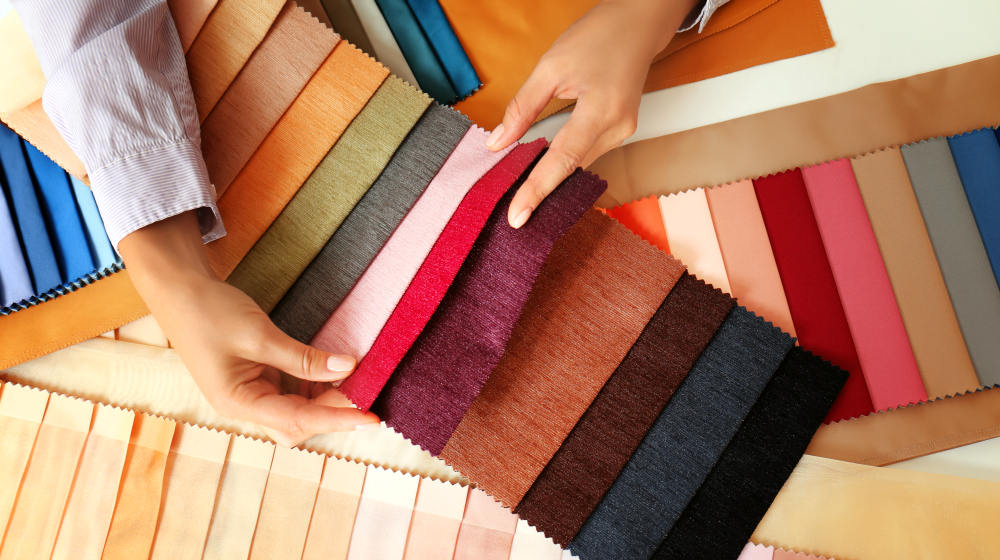When it comes to selecting clothing, the fabric we choose plays a pivotal role in our overall comfort and well-being. With a myriad of options available, it can be challenging to determine which materials are truly the most comfortable for our skin. In this post, we will delve into the characteristics of various fabrics, exploring their benefits and drawbacks, and ultimately identifying the most skin-friendly options available.
Understanding Skin Sensitivity
Before we dive into specific fabrics, it’s essential to understand skin sensitivity. Many individuals experience discomfort due to allergies, irritations, or conditions such as eczema and psoriasis. Therefore, the ideal fabric should not only feel good against the skin but also minimize the risk of irritation. Factors such as breathability, moisture-wicking properties, and hypoallergenic qualities are crucial when evaluating fabric comfort.
Natural Fibers: The Gold Standard
- Cotton: Often regarded as the most comfortable fabric, cotton is soft, breathable, and hypoallergenic. It allows for excellent air circulation, which helps regulate body temperature. Organic cotton, in particular, is free from harmful chemicals, making it an excellent choice for sensitive skin.
- Bamboo: Bamboo fabric has gained popularity due to its silky texture and natural antibacterial properties. It is highly breathable and moisture-wicking, making it ideal for hot and humid climates. Additionally, bamboo is biodegradable and environmentally friendly, appealing to eco-conscious consumers.
- Linen: Known for its exceptional breathability, linen is derived from the flax plant. It has a unique texture that becomes softer with each wash, providing a comfortable fit over time. Linen is also highly absorbent, making it suitable for warm weather. However, it can wrinkle easily, which may be a consideration for some.
- Hemp: Hemp fabric is another natural option that is both durable and breathable. It has natural antibacterial properties and is resistant to mold and UV light. Hemp is also environmentally sustainable, requiring fewer pesticides and water compared to cotton.
Synthetic Fabrics: A Double-Edged Sword
While natural fibers are often preferred for comfort, some synthetic fabrics can also provide excellent skin-friendly options:
- Modal: Made from beech tree pulp, modal is a semi-synthetic fabric known for its softness and breathability. It drapes beautifully and is less prone to shrinking and fading compared to cotton. Modal is also moisture-wicking, making it suitable for activewear.
- Tencel (Lyocell): Tencel is another eco-friendly fabric made from sustainably sourced wood pulp. It is incredibly soft, breathable, and has excellent moisture-wicking properties. Tencel is also biodegradable, making it a sustainable choice for environmentally conscious consumers.
- Microfiber: Microfiber fabrics, often made from polyester or nylon, are known for their softness and durability. They are lightweight and can wick moisture away from the skin, making them suitable for athletic wear. However, some individuals may find synthetic fabrics less breathable than natural options.
Factors to Consider When Choosing Fabric
When selecting the most comfortable fabric for your skin, consider the following factors:
- Breathability: Fabrics that allow air circulation help regulate body temperature and prevent overheating.
- Moisture-Wicking: Fabrics that draw moisture away from the skin can help keep you dry and comfortable, especially during physical activities.
- Hypoallergenic Properties: For those with sensitive skin, choosing hypoallergenic fabrics can minimize the risk of irritation.
- Environmental Impact: Consider the sustainability of the fabric. Natural fibers are often more eco-friendly than synthetic options.
Conclusion: Finding Your Perfect Fabric
Ultimately, the most comfortable fabric for your skin will depend on your individual preferences, skin type, and lifestyle. Natural fibers like cotton, bamboo, linen, and hemp are excellent choices for their breathability and hypoallergenic properties. Meanwhile, synthetic options like modal and Tencel offer softness and moisture-wicking capabilities. By understanding the characteristics of these fabrics and considering your specific needs, you can make informed choices that enhance your comfort and well-being.

